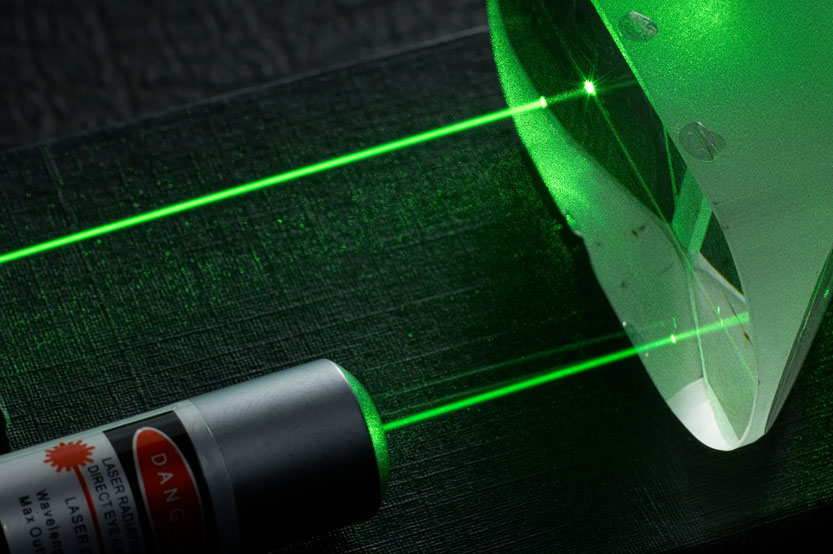Does anyone have any advice on how to make a good beam shot without using smoke or fog?
A while ago, I made an indoor beam shot, which I think is pretty good: http://www.flickr.com/photos/ixfd64/3873767690/in/set-72157618971913431
That night, I managed to make a good photo of the beam being aimed into the sky:
http://www.flickr.com/photos/ixfd64/3872984743/in/set-72157618971913431
(The double dot was probably made by moving clouds; the camera was set to use higher ISO sensitivities in darker settings, so the night exposures last longer.)
However, I tried to take a beam shot during early dusk, and the beam isn't as visible in the picture as it really was:
http://www.flickr.com/photos/ixfd64/3873769472/in/set-72157618971913431
The camera's ISO settings made the environment brighter than it really was, and lowering the ISO sensitivity makes really blurry pictures.
Is there anything I can do to make better beam shots, short of buying a really expensive camera? I'm using a Nikon Coolpix S550, by the way.
I'm using a Nikon Coolpix S550, by the way.
A while ago, I made an indoor beam shot, which I think is pretty good: http://www.flickr.com/photos/ixfd64/3873767690/in/set-72157618971913431
That night, I managed to make a good photo of the beam being aimed into the sky:
http://www.flickr.com/photos/ixfd64/3872984743/in/set-72157618971913431
(The double dot was probably made by moving clouds; the camera was set to use higher ISO sensitivities in darker settings, so the night exposures last longer.)
However, I tried to take a beam shot during early dusk, and the beam isn't as visible in the picture as it really was:
http://www.flickr.com/photos/ixfd64/3873769472/in/set-72157618971913431
The camera's ISO settings made the environment brighter than it really was, and lowering the ISO sensitivity makes really blurry pictures.
Is there anything I can do to make better beam shots, short of buying a really expensive camera?






